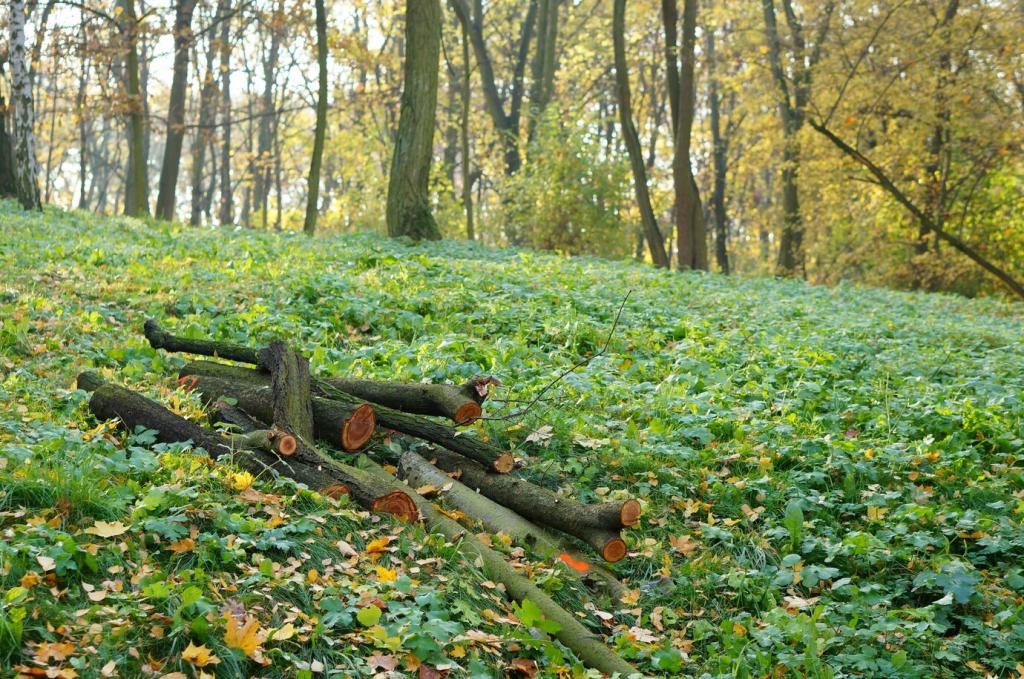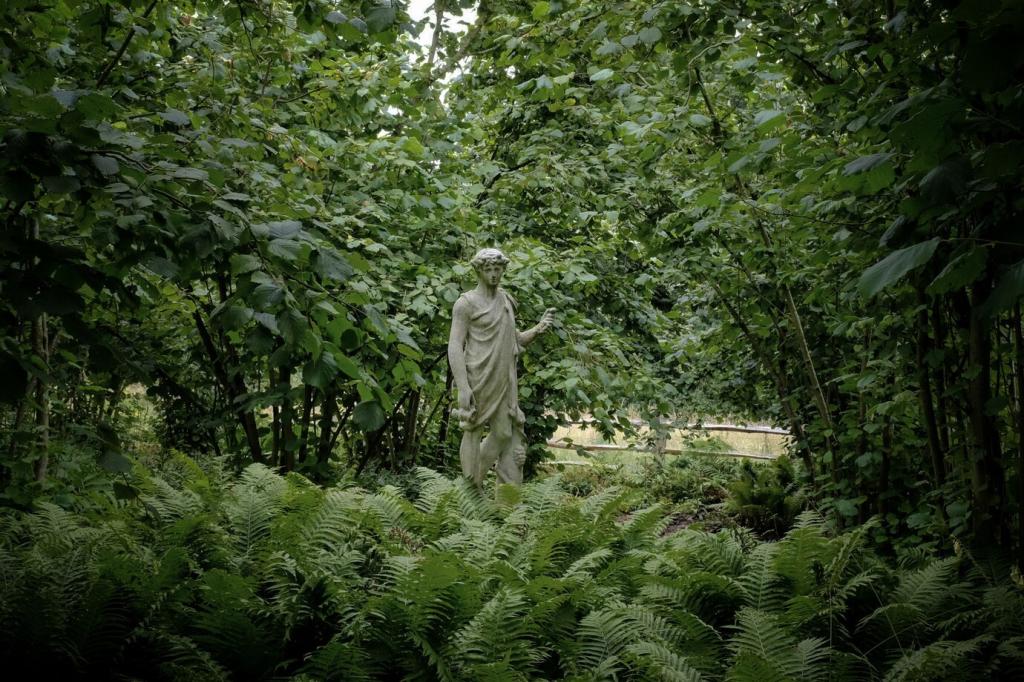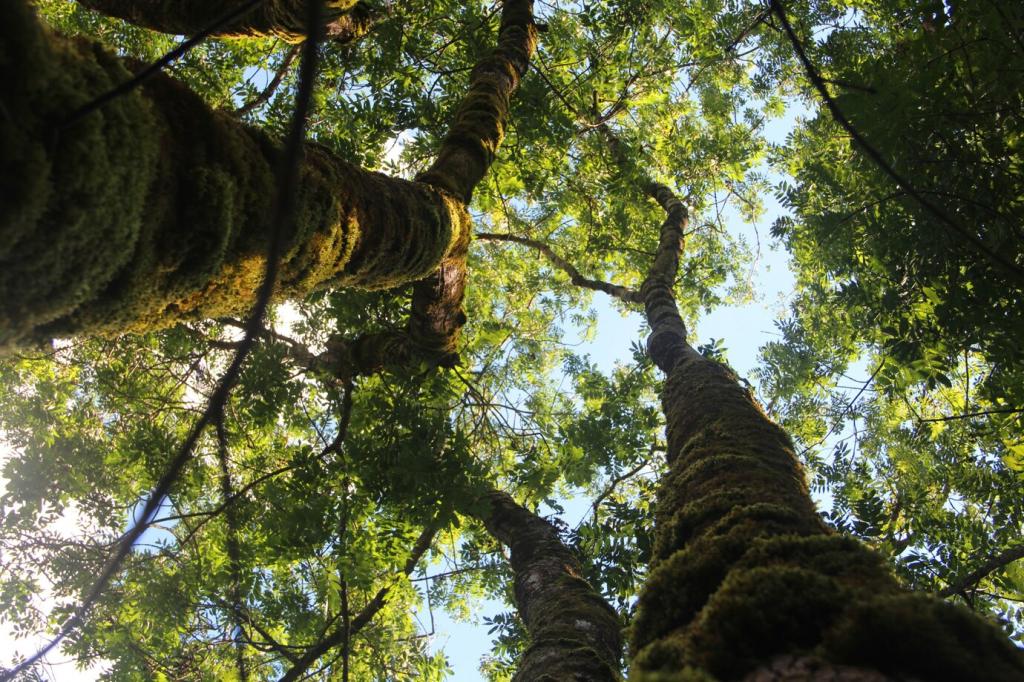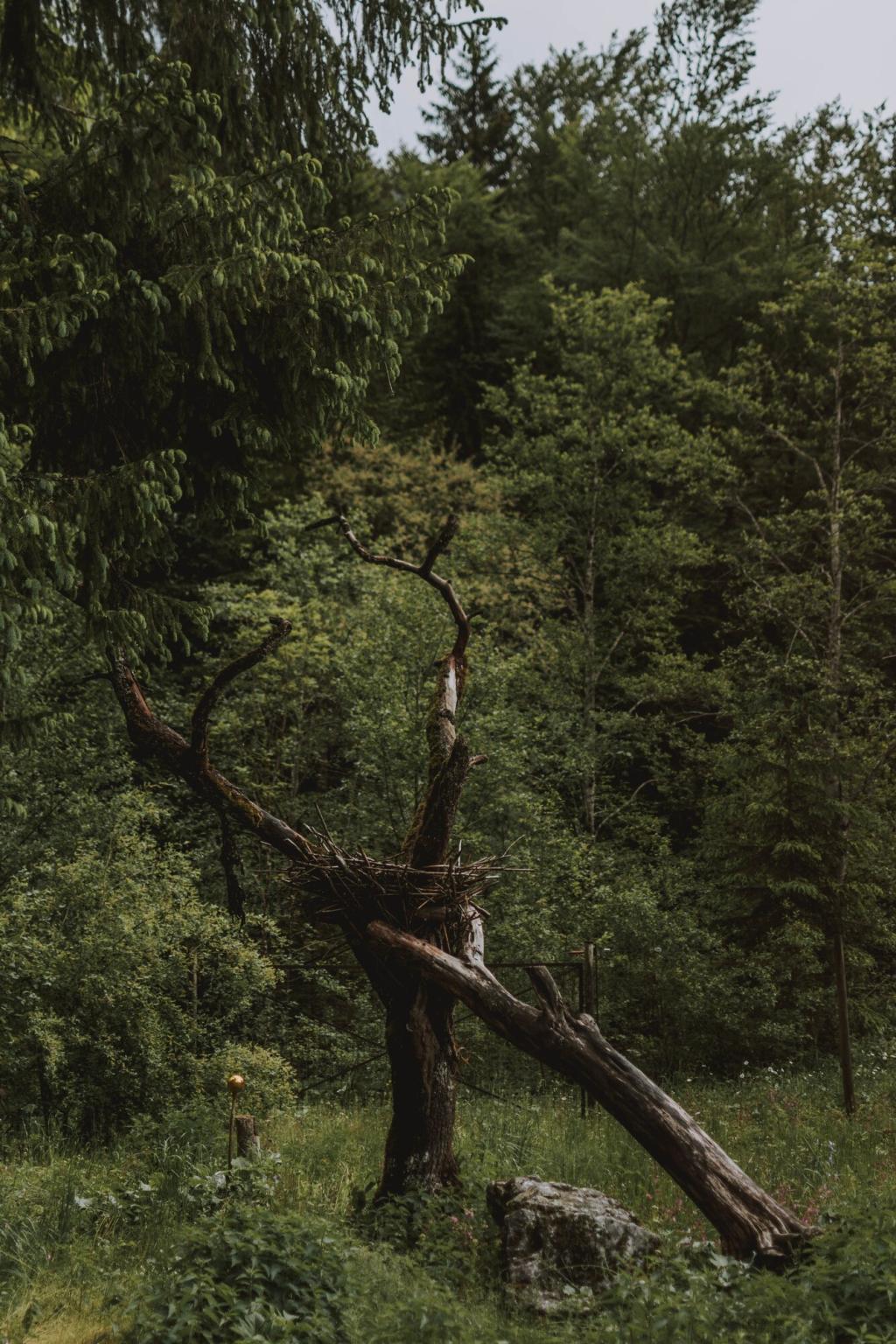
Case Studies: Success Stories of Drones in Anti-Deforestation Efforts
Chosen theme: Case Studies: Success Stories of Drones in Anti-Deforestation Efforts. From rainforest patrols to mangrove revival, discover how small aircraft and big community energy are reshaping forest protection. Stay with us, share your thoughts, and subscribe for new on-the-ground stories and actionable insights every week.
Rapid Eyes over Pará: Stopping Chainsaws in Real Time
A fixed-wing drone mapped a suspicious clearing at dawn; by mid-morning, coordinates reached community rangers, who navigated muddy tracks directly to the site. Instead of post-hoc surveys, the team arrived early enough to confiscate fuel, halt cutting, and document stumps and saw lines while chainsaws cooled.

When Tides Dictate Planting Windows
Tidal cycles once sabotaged plantings; seedlings washed out before roots held. Multispectral mapping identified pockets with stable sediment and better salinity, while pilots flew precisely between low tide and incoming swell. That timing, guided by tide tables and elders’ knowledge, meant seeds settled rather than drifting away.
Seed Pods that Find the Right Microhabitat
Biodegradable pods carried a mix of species suited to slightly different salinity gradients. Flights traced curving transects that matched the shoreline’s energy. Fisher families later reported calmer shallows and a return of juvenile crabs, early signs that root networks were knitting the coast back together effectively and sustainably.
A Story from the Jetty
One fisherman recalled how his daughter tracked drone paths on a chalk map, translating flight lines into weekend planting chores. Her tally marks became a family ritual, turning restoration into shared purpose. If your team uses creative community rituals, tell us, so others can adapt them to their coasts.
Chiquitano Dry Forest: Heat Before Flame
Early morning flights skimmed ridge lines, marking heat anomalies that satellites might miss under haze. Coordinated radio calls sent volunteers with drip torches to steer low-intensity burns away from seed-rich stands. This preemptive choreography protected seed banks and reduced the kind of canopy loss that takes decades to heal.
Indigenous Pilots, Indigenous Protocols in the Upper Xingu

Training that Starts with Stories
Before talking firmware, instructors sat in a circle and listened to elders recount river spirits and customary boundaries. Those stories became no-fly zones and preferred corridors. When the first flights lifted, everyone knew where the camera could look, and why. Respect built reliability and reduced accidental harm.

Data Sovereignty, Practiced Daily
Imagery stayed on community-owned drives; outside partners received only derived maps stripped of sensitive metadata. A simple, laminated governance chart clarified who approved exports. That structure turned drones from extractive gadgets into tools of self-determination, strengthening claims when illegal clearing crept toward traditional orchards and medicinal tree stands.

Outcomes You Can See from the River
A season after flights began, canoeists noticed fewer new stumps on a bend long targeted by speculators. Word spread that cameras watched quietly at dawn. The visible calm mattered as much as formal complaints, signaling that guardianship had both spiritual weight and modern wings guarding the same ancestral canopy.
From Pixels to Prosecutions: Building a Clean Evidence Chain

Pilots locked GPS time, recorded firmware versions, and captured overlapping images to eliminate gaps. A volunteer team photographed reference stakes on the ground, linking canopy breaks to precise coordinates. When presented, prosecutors appreciated that each image sat inside a verifiable timeline rather than a loose folder of dramatic pictures.



